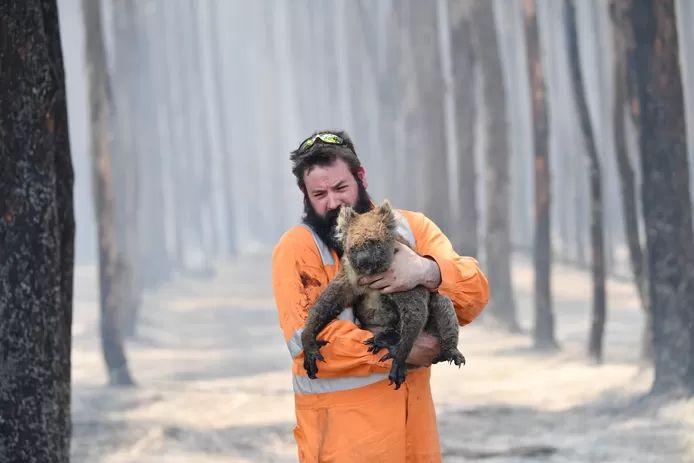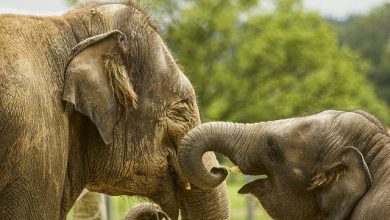Over 60,000 koalas hit by Australian bushfires last summer

The devastating forest fires that devastated Australia in the summer of 2019-2020 eventually affected more than 60,000 koalas. This is according to a WWF report released today. All in all, almost three billion animals were exposed to fires.
The summer of 2019-2020 is known down under as the “black summer”. After one of the hottest and driest years, the damage from wildfires broke all records since the weather measurements began. The flames reduced some 19 million hectares in southern and eastern Australia to ashes.
Many native animals lost their lives. Others suffered injuries, smoke poisoning, trauma, heat stress, dehydration, and habitat loss as a result of the fires during that black summer.
According to the report, the affected areas were home to approximately 143 million mammals, 2.46 billion reptiles, 181 million birds, and 51 million frogs according to the time of the fires.

WWF Australia CEO Dermot O’Gorman spoke of an incredible number and stated that his organization is working on a plan to boost Australia’s koala population. He wants to double the number of koalas in the east of the country by 2050, it said.
Safe habitats for koalas
According to O’Gorman, it is more than worrying that a species that was already in difficulty, in any case, was hit so hard. As part of the Koalas Forever plan, WWF-Australia is therefore committed to turning the tide, for example, by spreading seeds through drones to create koala corridors and by setting up a fund to encourage landowners to provide safe havens for koalas.
Parliamentary inquiry
Only a few months ago, a parliamentary inquiry in Australia revealed that koalas in the state of New South Wales are at risk of extinction by 2050 if there is no urgent government intervention.
In New South Wales, koalas were already an endangered species before the forest fires. The destruction of koala habitat by land reclamation for agriculture, mining, and forestry, among other things, has affected koala populations for many decades, it said.
Climate change also has a major negative impact on koalas as it exacerbates the threat of natural disasters, such as drought and forest fires. Apart from New South Wales, koalas also live in the states of Victoria, South Australia, and Queensland.




